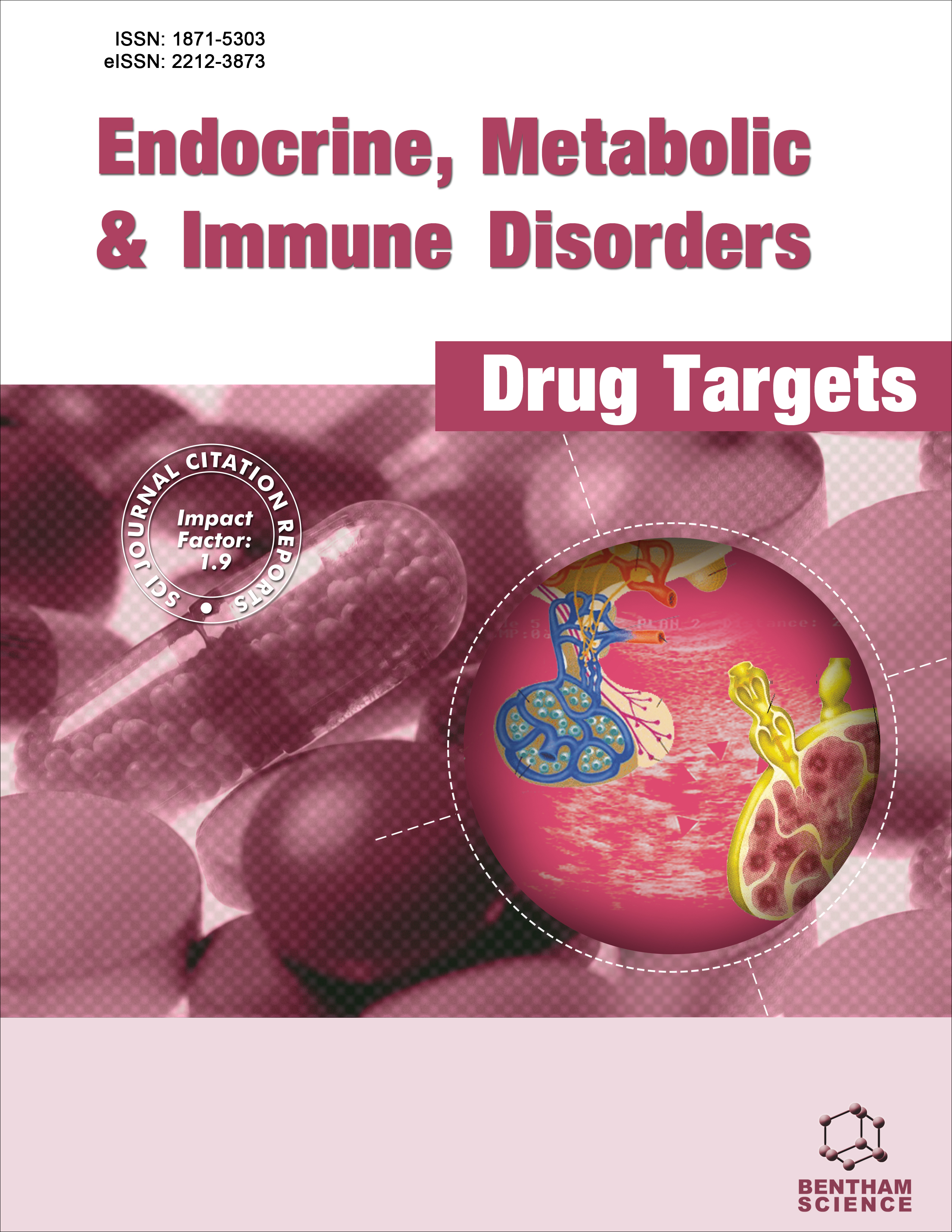
Full text loading...
We use cookies to track usage and preferences.I Understand
Obesity is becoming a global pandemic with pandemic proportions. According to the WHO estimates, there were over 1.9 billion overweight individuals and over 650 million obese adults in the globe in 2016. In recent years, scientists have encountered difficulties in choosing acceptable animal models, leading to a multitude of contradicting aspects and incorrect outcomes. This review comprehensively evaluates different screening models of obesity and obesity-associated comorbidities to reveal the advantages and disadvantages/limitations of each model while also mentioning the time duration each model requires to induce obesity.
For this review, the authors have gone through a vast number of article sources from different scientific databases, such as Google Scholar, Web of Science, Medline, and PubMed.
In-vivo models used to represent a variety of obesity-inducing processes, such as diet-induced, drug-induced, surgical, chemical, stress-induced, and genetic models, are discussed. Animal cell models are examined with an emphasis on their use in understanding the molecular causes of obesity, for which we discussed in depth the important cell lines, including 3T3-L1, OP9, 3T3-F442A, and C3H10T1/2. Screening models of obesity-associated co-morbidities like diabetes, asthma, cardiovascular disorders, cancer, and polycystic ovarian syndrome (PCOS) were discussed, which provided light on the complex interactions between obesity and numerous health problems.
Mimicking obesity in an animal model reflects multifactorial aspects is a matter of challenge. Future studies could address the ethical issues surrounding the use of animals in obesity research as well as investigate newly developed models, such as non-mammalian models. In conclusion, improving our knowledge and management of obesity and related health problems will require ongoing assessment and improvement of study models.

Article metrics loading...

Full text loading...
References


Data & Media loading...

